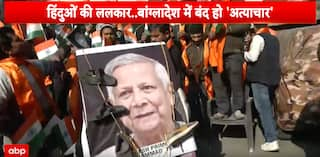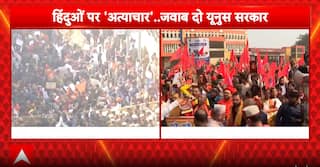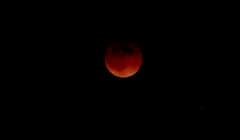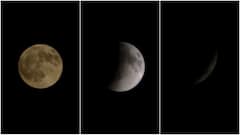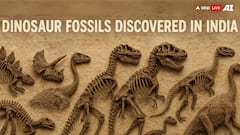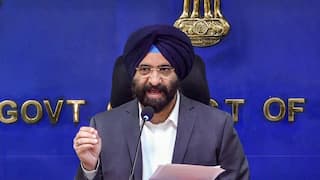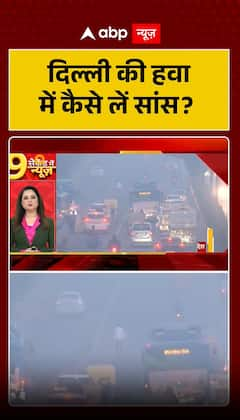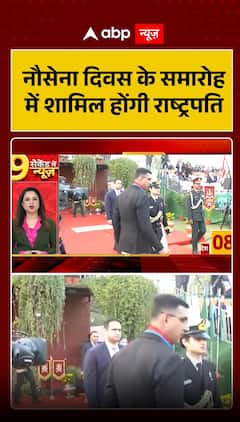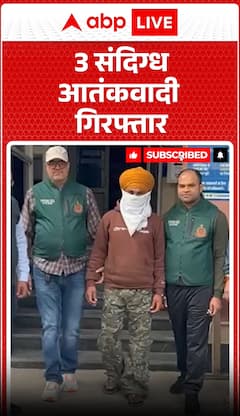Aditya-L1: PSLV-C57 Successfully Places India's First Solar Observatory In Low-Earth Orbit
Since Aditya-L1 has been placed into low-Earth orbit, the spacecraft will undergo orbit-raising manoeuvres in the next few days. After each perigee burn, Aditya-L1’s orbit will become more elliptical.

Aditya-L1: PSLV-C57, the 59th flight of the Polar Satellite Launch Vehicle, has successfully placed Aditya-L1 in low-Earth orbit. With this, the Aditya-L1 mission is accomplished, the Indian Space Research Organisation (ISRO) announced during a livestream of the launch event. Aditya-L1 is India’s first space-based observatory to study the Sun. ISRO launched Aditya-L1 atop a PSLV-XL rocket, on September 2, 2023, at 11:50 am IST. Aditya-L1 will take about 125 days to reach its final destination, which is a halo orbit around Lagrange point 1 (L1).
Since Aditya-L1 has been placed into low-Earth orbit, the spacecraft will undergo orbit-raising manoeuvres in the next few days. After each orbit-raising manoeuvre, Aditya-L1’s orbit will become more elliptical than the previous one.
PSLV-C57/Aditya-L1 Mission:
— ISRO (@isro) September 2, 2023
The launch of Aditya-L1 by PSLV-C57 is accomplished successfully.
The vehicle has placed the satellite precisely into its intended orbit.
India’s first solar observatory has begun its journey to the destination of Sun-Earth L1 point.
Once three orbit-raising manoeuvres are complete, Aditya-L1 will exit Earth’s gravitational sphere of influence, and enter the cruise phase. This stage will direct Aditya-L1 towards the path leading to halo orbit insertion.
After Aditya-L1 is injected into the halo orbit around L1, it will hover in the orbit, and expend minimal fuel. This is because its centripetal force will be equal to the gravitational forces exerted by the Sun and the Earth. Such is the speciality of Lagrange points. Another advantage of L1 is that it will allow the Aditya-L1 to have an uninterrupted view of the Sun, for five years.
Aditya-L1 will study the solar corona, the mechanisms taking place in the layer, the problem of coronal mass ejections, the dynamics of solar flares, and the effect of solar activities on space weather.
The observatory is equipped with seven payloads, four of which are remote sensing payloads, and three are in-situ payloads.
ALSO READ | Aditya-L1: How Close To The Sun Will India's First Solar Mission Go? Will It Touch The Star? Know Everything
The remote sensing payloads will serve as spectrometers. Two in-situ payloads are particle analysers, and one is a magnetometer.
Aditya-L1 will observe the Sun simultaneously in visible, X-ray, and ultraviolet wavelengths. The spacecraft will study high-energy particles emitted by the Sun.
The observatory will be located 1.5 million kilometres from Earth, and 148.5 million kilometres from the Sun.
ALSO READ | Aditya-L1 Will Be Placed 1.5 Million Kilometres From The Earth. Know The Significance Of This Distance












